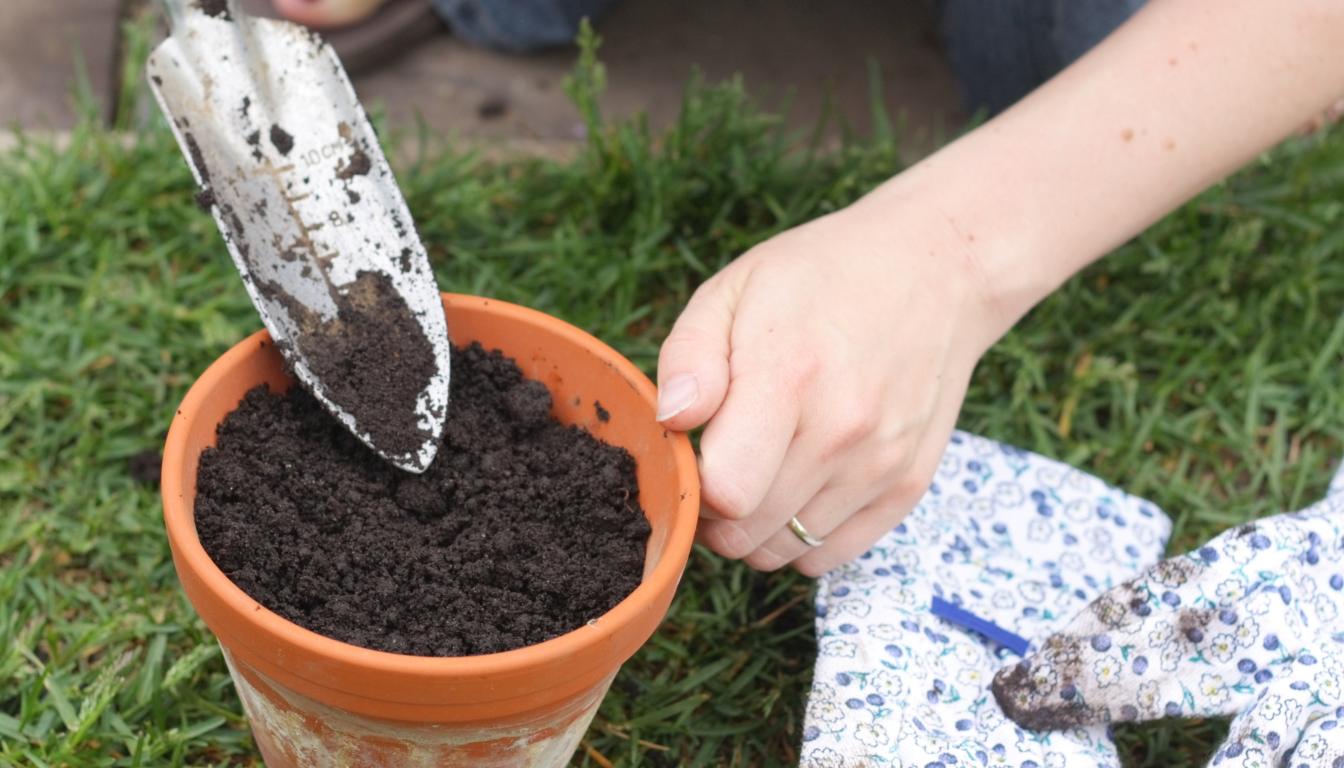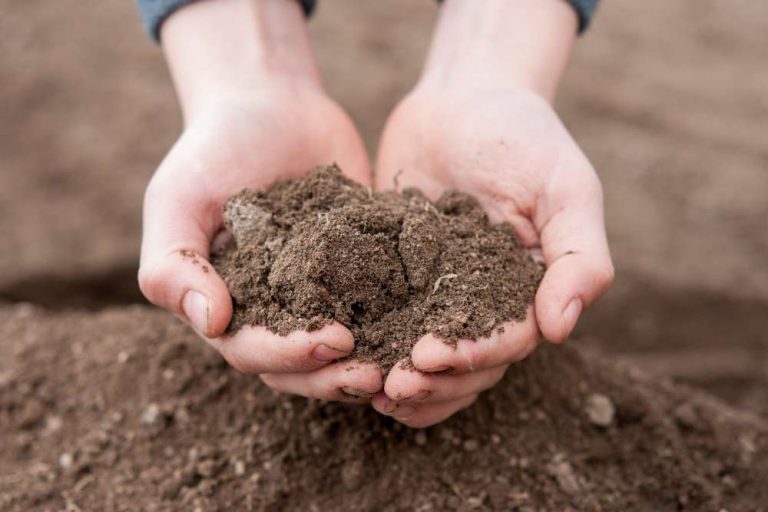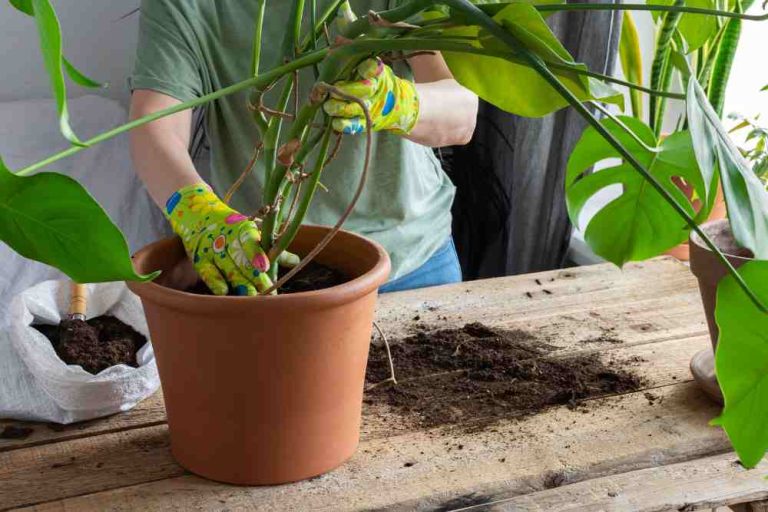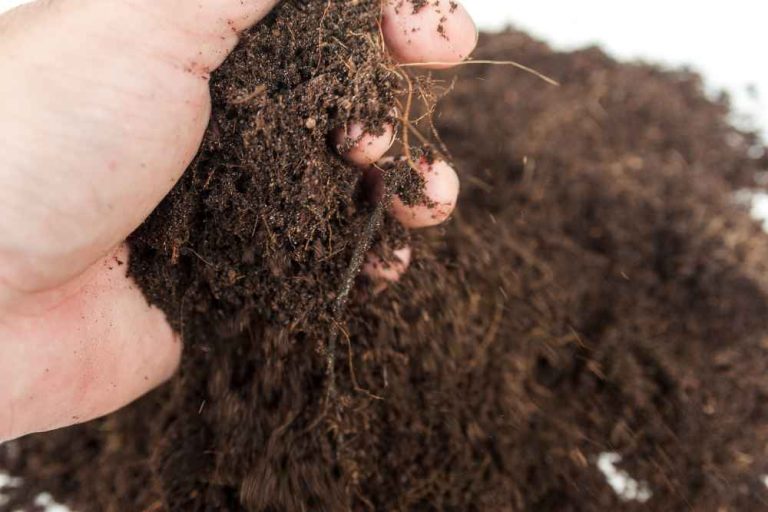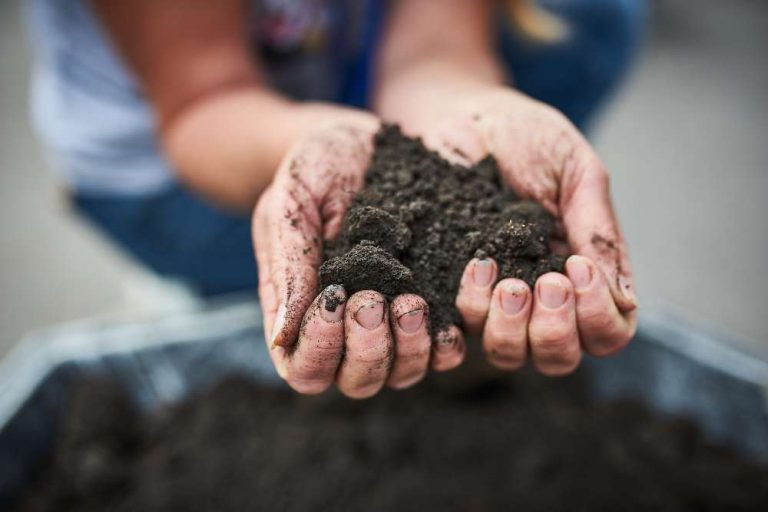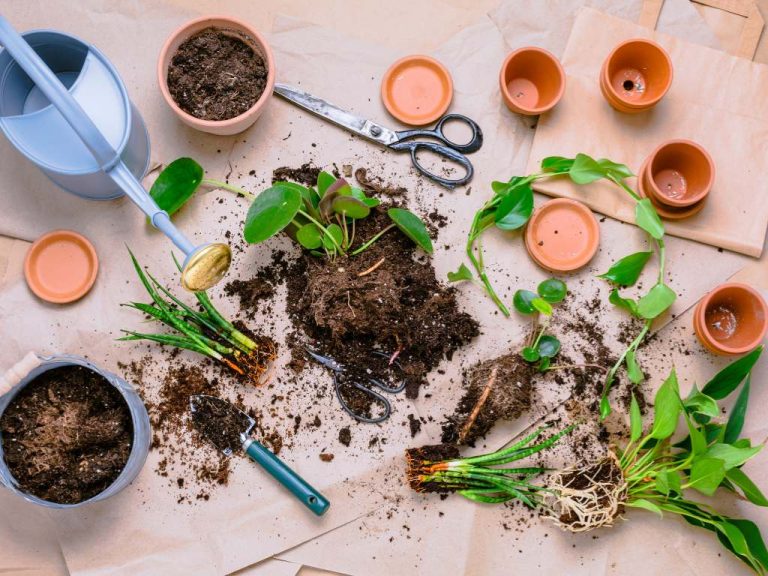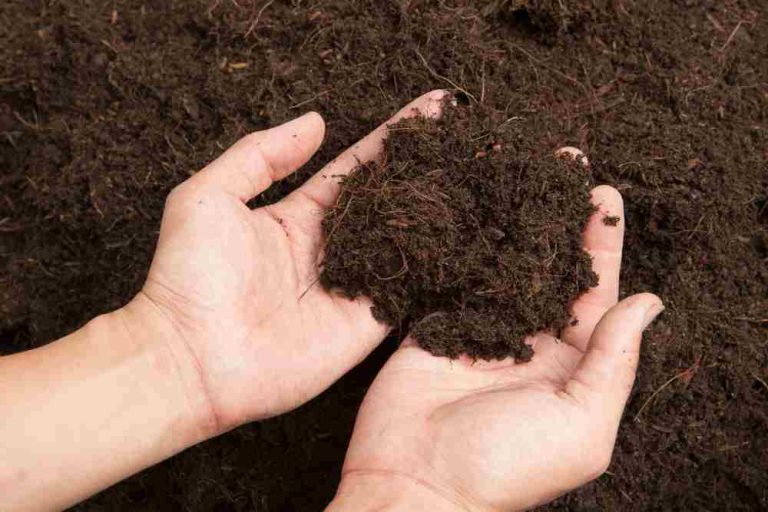Is Potting Soil Toxic? A Comprehensive Guide
Potting mix, also known as potting soil or soilless mix, is a specially formulated growing medium designed for container gardening. It is a blend of various organic and inorganic materials that promote healthy plant growth and provide essential nutrients and moisture to the roots. While many gardeners frequently use potting soil for their indoor and outdoor plants, a common concern arises: is potting soil toxic, especially in contexts where pets or children are present?
Potting mix is necessary for successful plant cultivation in containers, as it offers several benefits over traditional garden soil. One of the key advantages of using potting mix is its lightweight and well-draining nature. It is typically composed of materials like peat moss, vermiculite, perlite, and compost, which are chosen for their ability to retain moisture while allowing excess water to drain freely. This helps prevent issues such as root rot caused by waterlogged soil and provides adequate aeration to the plant roots.
Potting mix also serves as a reservoir for nutrients necessary for plant growth. Unlike regular garden soil, which may lack essential elements, potting mixes are engineered to contain a balanced blend of macronutrients like nitrogen, phosphorus, and potassium, as well as micronutrients such as iron, zinc, and manganese. These nutrients contribute to healthy foliage, strong root development, and vibrant blooms.
| Aspect | Potting Mix | Regular Garden Soil |
|---|---|---|
| Composition | Soilless, usually a blend of peat moss, vermiculite, perlite, and/or coconut coir. Often sterile. | Composed of natural soil, a mix of sand, silt, clay, and organic matter. Contains microorganisms. |
| Drainage & Aeration | Designed for excellent drainage and aeration. Prevents compaction. | Drainage and aeration qualities vary. Can become compacted, affecting root growth. |
| Nutrient Content | Often enriched with nutrients; may have a balanced pH and slow-release fertilizers. | Soilless, is usually a blend of peat moss, vermiculite, perlite, and/or coconut coir. Often sterile. |
| Weight & Density | Lighter and less dense, ideal for containers. | Heavier and more dense, suitable for anchoring plants in the ground. |
| Microbial Activity | Typically sterile, lacking both beneficial and harmful microbes. Reduces risk of soil-borne diseases. | Contains a diverse microbial ecosystem, crucial for nutrient cycling. |
| Usage | Formulated for container gardening. Ensures proper root development in pots. | Used for in-ground planting. Can be modified with compost or other amendments. |
| Cost | Generally more expensive due to specialized ingredients. | Often less expensive, can be directly sourced from the garden. |
What Chemicals Does Potting Soil Contains?
Potting soil, a vital component for plant growth in containers or gardens, comprises a blend of organic and inorganic materials, occasionally including certain chemicals. The specific chemical composition can vary depending on the brand, type, and intended use of the potting soil. Here’s a detailed overview of common chemicals found in potting soil:
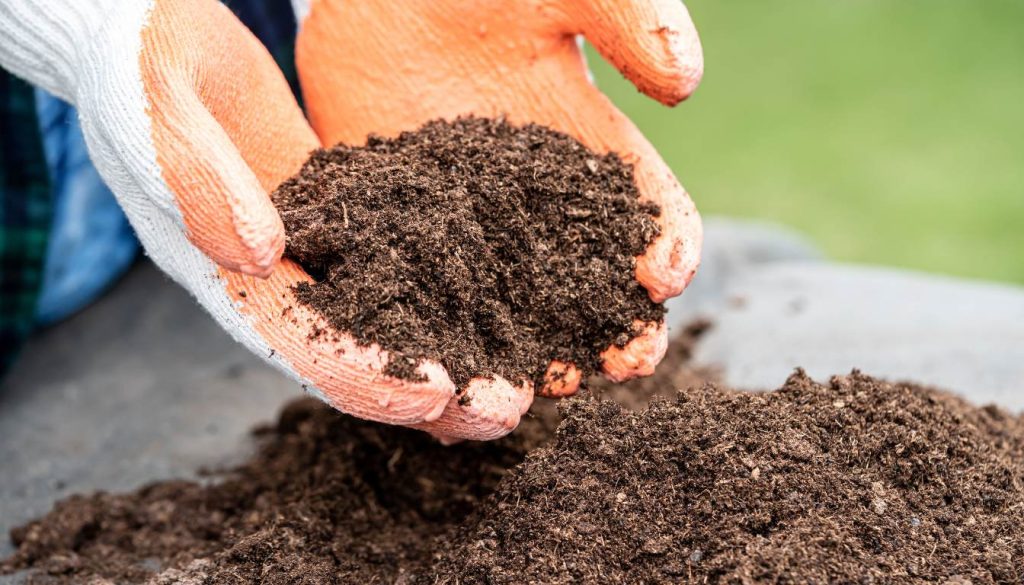
- Fertilizers: Potting soil often contains added fertilizers to provide essential nutrients to plants. These fertilizers can include chemical compounds like nitrogen (N), phosphorus (P), and potassium (K), known as NPK fertilizers. They may also have micronutrients such as iron, zinc, magnesium, and others necessary for healthy plant growth. However, excessive use or improper handling of fertilizers can lead to environmental pollution and pose health risks if ingested or inhaled.
Read – Fertilizer Application
- Pesticides and Herbicides: Some potting soils may contain pesticides or herbicides to deter pests or weeds. These chemicals are designed to control insects, fungi, or unwanted plants that could harm the plants grown in the soil. Common pesticide ingredients might include neem oil, pyrethrins, or other synthetic chemicals. While effective for plant protection, these substances can pose health risks if not used according to instructions, and their presence might require careful handling to avoid exposure.
- Wetting Agents: Potting mixes often include wetting agents or surfactants, such as alkylbenzene sulfonates, which help the soil retain moisture by reducing surface tension. These compounds allow water to spread more evenly throughout the soil and prevent water from simply running off. However, excessive use of wetting agents may lead to waterlogging, affecting plant growth, and some individuals might experience skin irritation if they come into direct contact with these agents.
- pH Adjusters: Some potting soils may contain pH adjusters, like lime or sulfur, to regulate the soil’s acidity or alkalinity. These chemicals help maintain an optimal pH level for specific plants, ensuring they can absorb nutrients effectively. However, improper application or excessive use of pH adjusters may disrupt the soil’s balance, affecting plant health and potentially causing environmental issues.
- Microbial Additives: Potting mixes may contain beneficial microbial additives like mycorrhizae or beneficial bacteria. These microbes aid in nutrient uptake, plant growth, and disease resistance. While generally considered beneficial, improper handling or overuse of these additives might lead to imbalances in the soil ecosystem.
- Perlite and Vermiculite: Though not chemical additives, perlite and vermiculite are mineral-based components commonly found in potting soil. These materials undergo heating processes to expand and improve soil aeration and water retention. While generally safe, inhalation of fine particles during handling might irritate the respiratory tract in some individuals.
It’s essential to note that while these chemicals and additives are common in potting soil, not all mixes contain every listed component. Manufacturers often formulate potting soils for specific plant types or growing conditions so that the composition can vary widely. Additionally, using organic or natural potting soil varieties might reduce exposure to synthetic chemicals, promoting a more environmentally friendly approach to gardening.
As with any gardening product, reading and following the manufacturer’s instructions and safety guidelines is crucial to minimize potential risks associated with the chemicals present in potting soil.
Why potting mix is harmful?
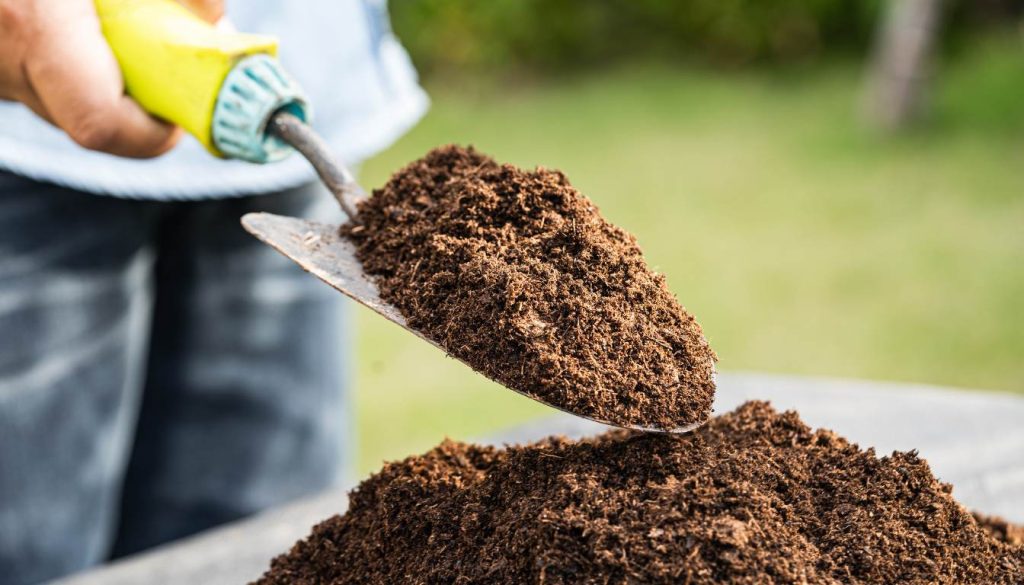
One of the primary concerns regarding potting mix is the presence of harmful microorganisms such as bacteria, fungi, and mold. Moisture-rich environments in potting mix bags or containers create an ideal breeding ground for these microorganisms. These microbes can become airborne when disturbed, increasing the risk of inhalation or skin contact.
Exposure to these pathogens can lead to respiratory issues, allergic reactions, or skin irritations. Certain strains of bacteria like Legionella pneumophila, which causes Legionnaires’ disease, may be present in potting mix and could potentially cause severe respiratory illnesses if inhaled.
Another significant hazard associated with potting mix is the presence of dust particles and fine materials like peat, which can trigger respiratory problems when inhaled. The dust can irritate the respiratory tract, leading to coughing, wheezing, or exacerbating existing conditions such as asthma or bronchitis. Long-term exposure to these airborne particles may result in chronic respiratory issues.

Moreover, some potting mixes contain additives like fertilizers or pesticides. Improper handling or accidental ingestion of these chemicals can lead to poisoning or adverse health effects. Pesticides, in particular, can pose acute health risks if ingested, inhaled, or absorbed through the skin, causing symptoms ranging from nausea and dizziness to more severe conditions in extreme cases.
Furthermore, potting mix often contains perlite or vermiculite, both of which are lightweight, insulating materials. However, their small particles can quickly become airborne when disturbed, presenting a risk of inhalation. Continuous exposure to these particles may cause respiratory irritation or, in rare cases, lung issues like silicosis, especially if inhaled in large quantities over an extended period.
In addition to health concerns, handling potting mix can sometimes lead to physical injuries. If lifted improperly, heavy bags or containers may cause strains, sprains, or back injuries. Furthermore, the dust and fine particles can irritate the eyes, leading to discomfort or potential damage if adequate eye protection isn’t worn while handling the mix.
Taking preventive measures when working with a potting mix is crucial to mitigate these risks. Always use appropriate personal protective equipment (PPE) like gloves, masks, and goggles to reduce direct contact with microorganisms, dust, and chemicals.
Work in a well-ventilated area to minimize inhalation of airborne particles and regularly wash hands and exposed skin after handling potting mix. Additionally, consider dampening the mix before use to reduce the release of dust particles.
Is Potting Mix Harmful for Kids?
Various organic materials like peat moss, composted bark, and additives such as fertilizers or pesticides in the mix may present hazards to kids.
The moist environment within potting mix bags or containers creates an ideal breeding ground for bacteria, fungi, and mold. Due to their curious nature, children might touch the mix and then put their hands in their mouths, increasing the risk of ingesting harmful microbes. Exposure to these pathogens, if inhaled, could lead to gastrointestinal issues, skin irritations, or respiratory problems.
Additionally, the dust produced from potting mix, when disturbed, can irritate the respiratory tract, causing coughing, wheezing, or exacerbating existing conditions like asthma in children. Ingestion of certain components within the mix or accidental exposure to fertilizers or pesticides might result in poisoning or other adverse health effects.
To minimize these risks, storing potting mix out of children’s reach is crucial, as ensuring proper supervision and education about the potential dangers. Encouraging handwashing after handling potting mix and implementing safety measures can significantly reduce the likelihood of accidental exposure, ensuring a safer environment for kids around gardening materials.
Is Potting Soil Harmful to your pet?
When pets, particularly dogs or cats, ingest potting soil, they might suffer from gastrointestinal issues like vomiting, diarrhea, or abdominal discomfort. Some components within the soil, such as fertilizers or pesticides, can be toxic to animals if ingested in sufficient quantities, leading to more severe health complications.
Moreover, potting soil’s moist and appealing texture might attract pets to dig or play in it. This behavior can lead to them inhaling dust particles or coming into contact with harmful microorganisms like bacteria or fungi present in the soil. Inhalation of dust might cause respiratory discomfort or exacerbate existing respiratory conditions in pets.
To mitigate these risks, pet owners should keep potting soil stored securely and out of reach of their animals. Additionally, supervising pets during gardening activities, preventing them from accessing the soil, and promptly cleaning up any spills or areas where the soil has been disturbed can help minimize the chances of pets being exposed to potentially harmful substances in potting soil. If ingestion or exposure occurs, contacting a veterinarian for guidance and monitoring pets for any signs of illness is crucial for their well-being.
Preventive Measures to Protect from Potting Mix Harm
Taking preventive measures when working with a potting mix is crucial to mitigate these risks.
- Always use appropriate personal protective equipment (PPE) like gloves, masks, and goggles to reduce direct contact with microorganisms, dust, and chemicals.
- Work in a well-ventilated area to minimize inhalation of airborne particles and regularly wash hands and exposed skin after handling potting mix.
- Additionally, consider dampening the mix before use to reduce the release of dust particles.
In conclusion, while potting mix is essential for gardening, it poses several potential hazards to human health, including exposure to harmful microorganisms, dust particles, and chemicals. Individuals can minimize the associated risks and ensure safer handling practices when working with potting mix by taking necessary precautions and employing proper safety measures.
- 15 Ingenious Kitchen Garden Ideas to Cultivate Freshness Right at Home - April 7, 2024
- 10 Top Picks Best Plants for Open Terrarium - April 2, 2024
- 21 Easy and Cheap Walkway Ideas for a Charming Garden - March 31, 2024

